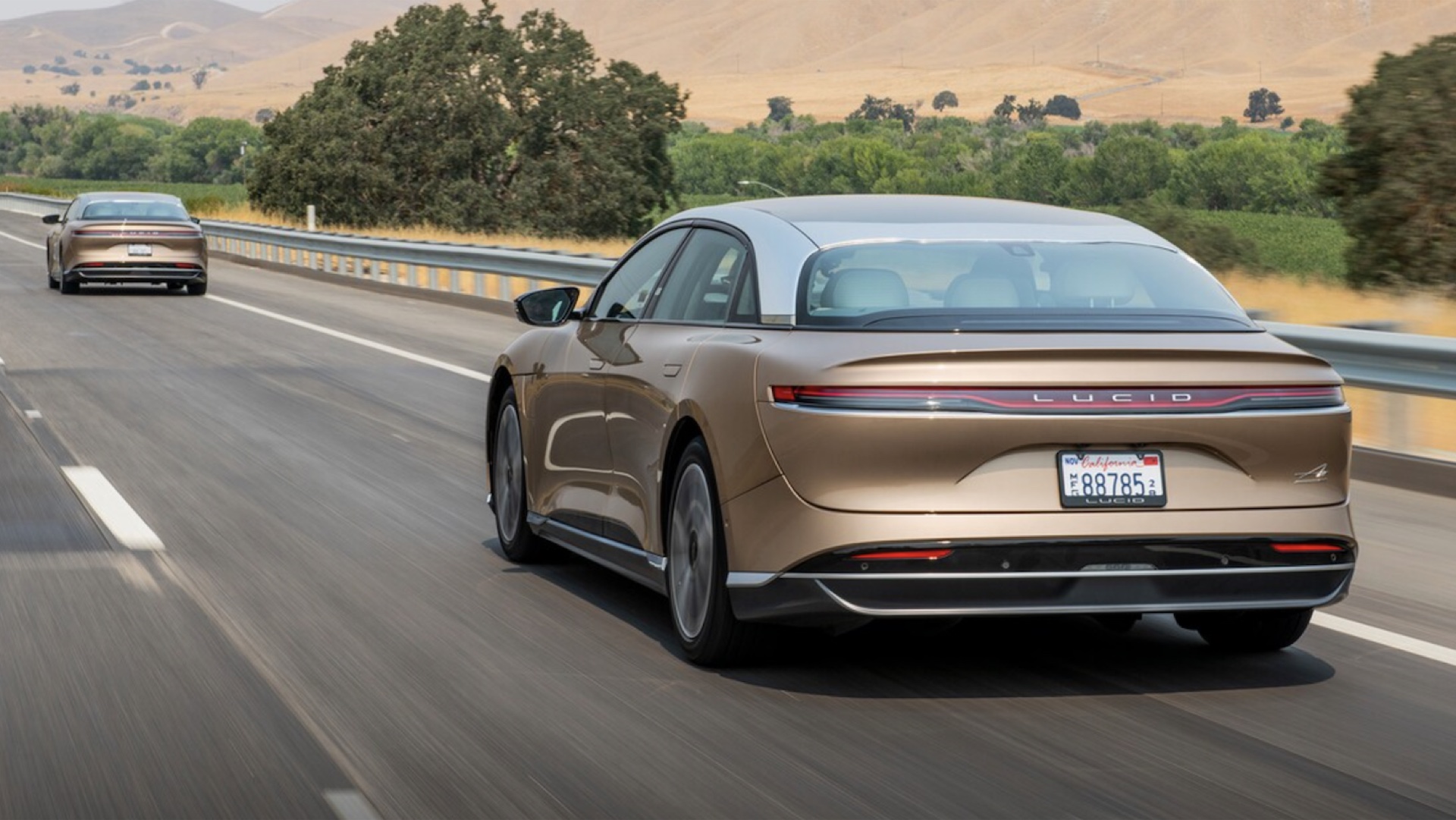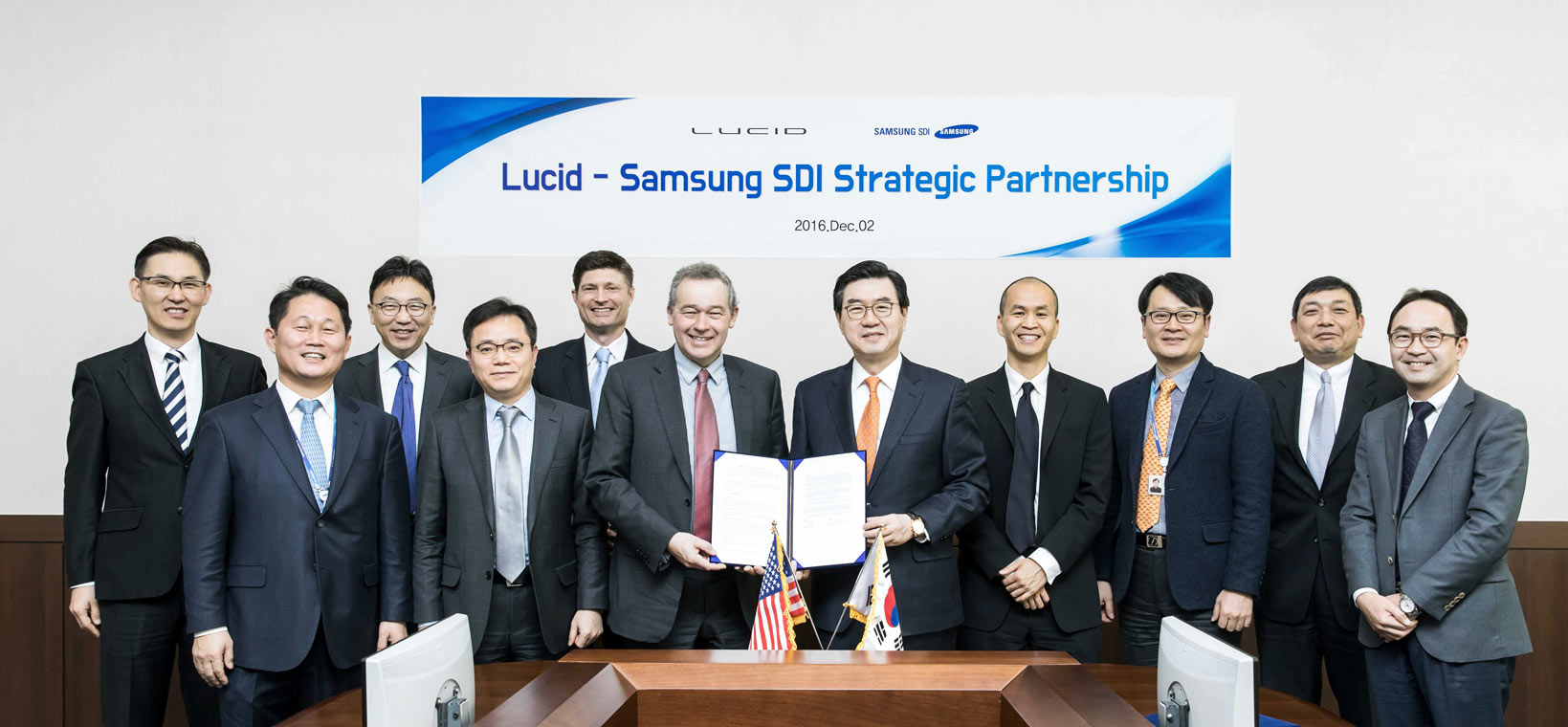- Joined
- Mar 7, 2020
- Messages
- 6,843
- Reaction score
- 9,630
- Location
- Naples, FL
- Cars
- Model S Plaid, Odyssey
- Air DE Number
- 154
- Referral Code
- 033M4EXG
This is the most specific reference I can find to the battery pack and the cells relating to the GT vs. the Dream:

 www.greencarreports.com
www.greencarreports.com
It says this about the battery packs:
"Dream Edition and Grand Touring models will have the same 113-kwh battery pack, but the cells within are different. Initial Dream Edition models use special cells from Samsung, while the Grand Touring and other Air models will use cells from LG."
I wonder what the source of this information is . . . and what is meant by "special" cells? Lucid said back in 2016 that it was working with Samsung to develop a proprietary battery, but it also said the same thing early last year when it announced a partnership with LG Chem to power the "standard versions" of the Air.

Lucid Air electric car: 520-mile EPA range rating ousts Tesla from top spot
Lucid's 520-mile range rating—from a 113-kwh battery pack—will likely make it the longest-range EV on the market and one of the most efficient.
It says this about the battery packs:
"Dream Edition and Grand Touring models will have the same 113-kwh battery pack, but the cells within are different. Initial Dream Edition models use special cells from Samsung, while the Grand Touring and other Air models will use cells from LG."
I wonder what the source of this information is . . . and what is meant by "special" cells? Lucid said back in 2016 that it was working with Samsung to develop a proprietary battery, but it also said the same thing early last year when it announced a partnership with LG Chem to power the "standard versions" of the Air.


